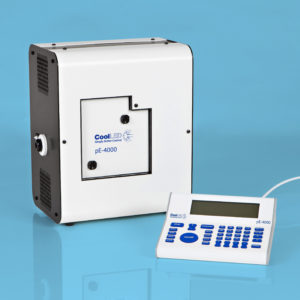Authors
Raina et al.
Topic
Cell Biology
Extract
"Time-lapse imaging was started within 2 h after sorting on an Olympus IX81 widefield microscope equipped with LED illumination (pE4000, CoolLED) and a Hamamatsu c9100-13 EMCCD camera.
"
Product Type
Journal
Company of Biologists
Year of Publication
2021

